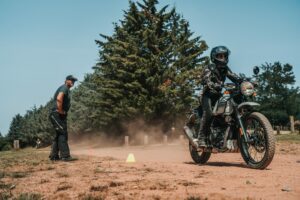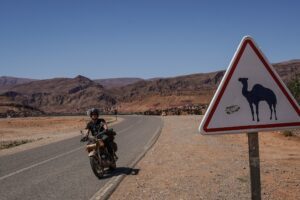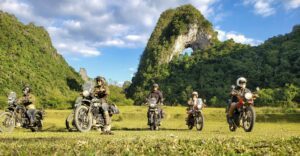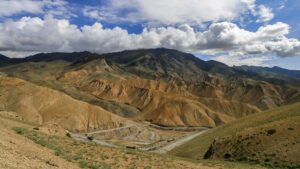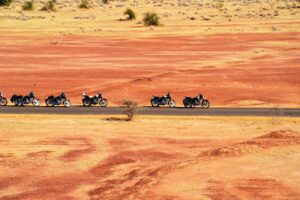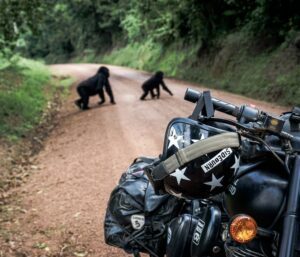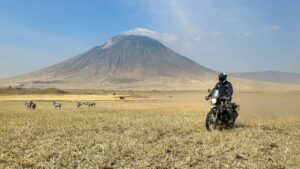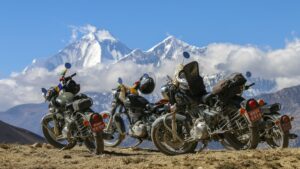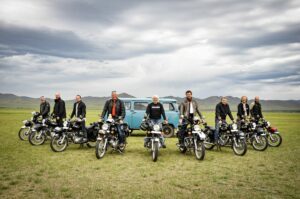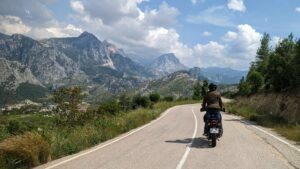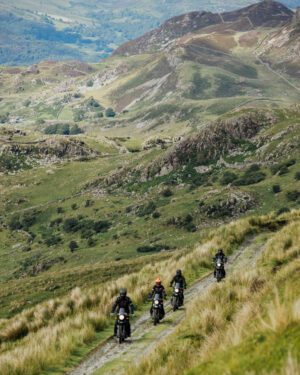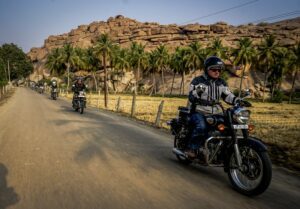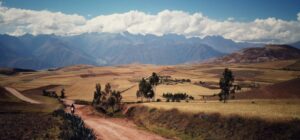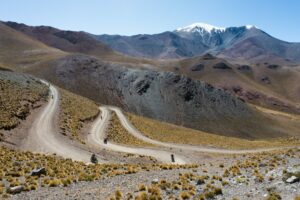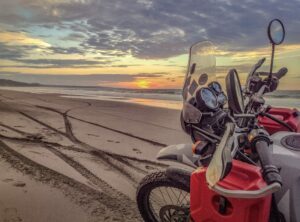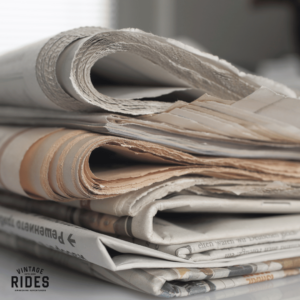Bike riding can be a lot of fun unless you follow some guidelines for your own safety. Just like you need proper
accessories to safeguard your bike, for better riding experience you need to have apparels that are capable of keeping you dry when it's wet, cool when it's hot, warm when it's cold and protect you in minor crashes. Experienced riders know the simplicity of bike travel is one of its great joys, but to the curious newcomer, this new world of possibility can appear bewildering. At risk of sounding like a gear evangelist, here are a few things I’ve actually seen other bikers and their passengers wearing on the road.
Following are the clothing options which are a strict ‘No’ along with the alternates that you ‘must have’, while planning to hit the road on your motorbike:
1. Wearing shorts over leggings
You need to wear something comfortable and decent enough to travel. If you are wearing leggings that's totally fine but do not wear the shorts over leggings as it might flip-flop with the shorts creating trouble rather than providing a soothing ride.Bikes have hot pipes and exposed metal, both of which are unforgiving to bare flesh.
What to wear:
You should opt for proper riding pants which prevent you from the harsh sun and hot pipes, and are comfortable too. Tight fitting jeans, jeggings or leggings are some of the great choices.
2. Wearing skin-tight spandex
This should not be definitely on the list. You don't need to squeeze into skin-tight spandex covered with corporate logos just for a trip or denser, heavier fabric weaves or a brushed lining as it already creates discomfort in riding.
What to wear:
Bike jerseys are a must ! A bike jersey of Lycra® spandex or another form-fitting material reduces drag when you ride. Their technical fabrics enhance performance by wicking away sweat to keep you drier.
3. Arm warmers
Warmers will anyway create sweat inside and it is further complicating this issue, motorcycle gear size charts are often inconsistent and can vary from one brand to the next ! There is simply no easy way to translate from casual clothes to safety gear. When temperatures rise, they can be easily slipped off without having to unbutton, unzip or change anything.
What to wear:
Instead of wearing these arm warmers, cover up with your bike jerseys or jackets. In any case, you have to wear breathable, full-finger bike gloves for hands against the protection of winds.
4. Wearing regular fit briefs under lycra
Pants should run slightly long so that the knee armor slides perfectly into place when your feet are on the pegs. Finally, everything should fit snugly so that the armor stays in place so that it protects you from any fall.
What to wear:
It is advisable to not wear lycra, instead wear bike shorts as these differ from street shorts primarily through the added stretch for full freedom of movement, and a padded crotch liner to reduce friction and wick moisture.
5. Full-length regular fit socks
The regular socks are tearable. You need to wear socks which are technical, stylish, lightweight: the same characteristics as a performance road bike meeting the requirements of professional riders 100%. Your feet can produce as much as a cup of perspiration when you're pedaling hard. In winter, this can lead to cold feet. In summer, it can mean blisters unless you wear synthetic materials (such as polyester or nylon blends) that help wick away perspiration. Avoid cotton socks for all but light workouts.
What to wear:
Together with the inbuilt Traverse AirFlow Channel System™ in the socks, it ensures a supply of fresh air under the soles. This kind of socks is finely woven and extremely durable. Special protectors are fitted at areas subject to increased wear. Merino wool is a popular alternative to synthetics for summer or winter riding. It not only wicks moisture and dries fast, it insulates even while wet—perfect for the occasional stream crossing or unexpected rainstorm.
6. Tank tops, t-shirts, tube tops
These are okay as long as you wear a good quality jacket over them. A flapping jacket creates trouble only. You need to cover up yourself with a jacket too for better ride and protection.
What to wear:
You need to wear a fully zipped jacket. Stand–up collar to shade your neck in summer.
Front zipper for ventilation when your temperature rises. Shoulders cut wider for arms–forward comfort. Sleeves specially shaped for a forward lean. Back pockets for easy on–the–go access.
Longer cut in back for coverage when riding. And, reflective trim or highlights for night riding.
When riding a motorcycle, it is essential that you equip yourself with the right gear so you will remain comfortable even after hours of being on the road. No matter how hot the weather gets, you should resist the urge to wear shorts and flip-flops when riding your bike, even for short distances. Accidents can happen without warning, and you don’t want to find yourself scraping the pavement wearing nothing but shorts. It is therefore recommended to follow the safety guidelines in order to have a safe biking experience.
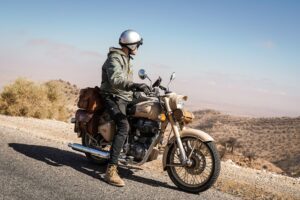



 +442070316050
+442070316050 +16056462343
+16056462343
